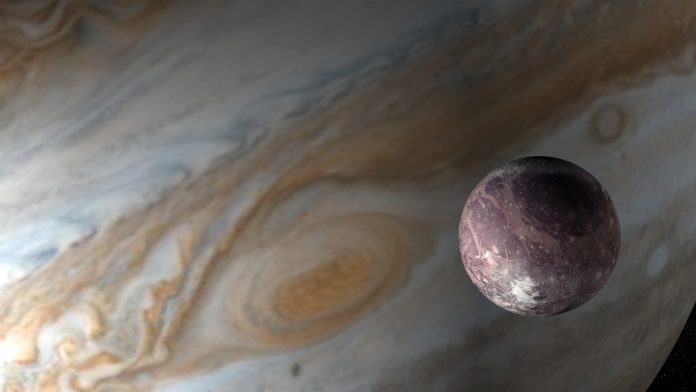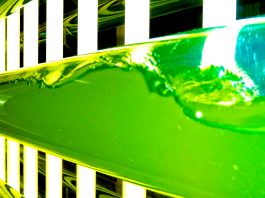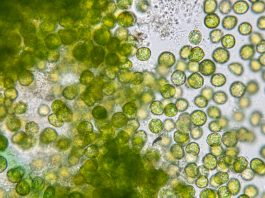Jupiter’s Great Red Spot, a massive storm near the gas giant’s equator, has been shrinking and researchers have found that small anticyclones have been temporarily changing its 90-day oscillation.
The maelstrom of Jupiter’s Great Red Spot has been disturbed, but not destroyed, by a series of anticyclones that have crashed into it over the past few years. The smaller storms cause chunks of red clouds to flake off, shrinking the larger storm in the process. A new study has found that these disruptions are superficial and while they are visible to us, they are only skin deep on the Red Spot, not affecting its full depth.
The study was published in the Journal of Geophysical Research: Planets, AGU’s journal for research on the formation and evolution of the planets, moons, and objects of our solar system and beyond.
Agustín Sánchez-Lavega, a professor of applied physics at the Basque Country University in Bilbao, Spain, and lead author of the new paper said: “The intense vorticity of the [Great Red Spot], together with its larger size and depth compared to the interacting vortices, guarantees its long lifetime,” as the larger storm absorbs these smaller storms, it “gains energy at the expense of their rotation energy.”
The Red Spot has been shrinking for at least the past 150 years, dropping from a length of about 40,000 kilometres (24,850 miles) in 1879 to about 15,000 kilometres (9,320 miles) today, and researchers are still not sure about the causes of the decrease, or how the spot was formed in the first place. The new findings show the small anticyclones may be helping to maintain the Great Red Spot.
Cyclones, like hurricanes or typhoons, usually spin around a centre with low atmospheric pressure, rotating counter-clockwise in the northern hemisphere and clockwise in the southern, whether on Jupiter or Earth. Anticyclones spin the opposite way to cyclones, around a centre with high atmospheric pressure. The Great Red Spot is itself an anticyclone, though it is six to seven times as big as the smaller anticyclones that have been colliding with it. But even these smaller storms on Jupiter are about half the size of the Earth, and about 10 times the size of the largest terrestrial hurricanes.
The team found the smaller anticyclones pass through the high-speed peripheral ring of the Great Red Spot before circling around the red oval. The smaller storms create some chaos in an already dynamic situation, temporarily changing the Red Spot’s 90-day oscillation in longitude, and “tearing the red clouds from the main oval and forming streamers,” Sánchez-Lavega said.









